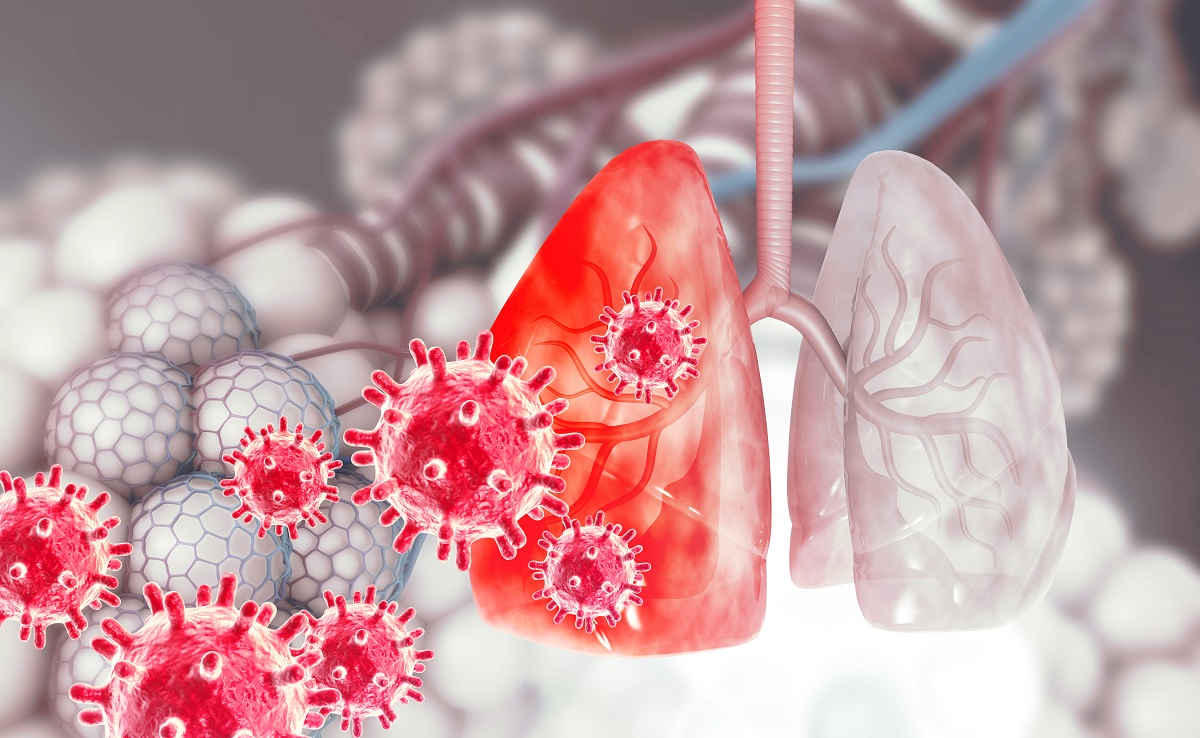KEY TAKEAWAYS
- The study aimed to investigate the mechanisms underlying cisplatin resistance in NSCLC , aiming to identify strategies to overcome chemoresistance emergence.
- The results demonstrated that hsa_circ_0000190 promotes cisplatin resistance in NSCLC via miR-1253/IL-6 axis modulation, offering a potential therapeutic target.
Hua He and the team conducted a study to investigate the mechanistic foundation of cisplatin (DDP) resistance in nonsmall cell lung cancer(NSCLC) and identify effective strategies to counteract its emergence.
The study utilized quantitative real-time polymerase chain reaction (qPCR) to analyze NSCLC expression levels of hsa_circ_0000190, miR-1253, and interleukin 6 (IL-6). Additionally, the tumor cells’ resistance to DDP treatment was assessed through a CCK-8 assay. Interaction between RNA molecules was investigated using RNA immunoprecipitation and dual-luciferase reporter assays.
The results demonstrated that NSCLC cell lines and tissues resistant to DDP exhibited elevated levels of hsa_circ_0000190 [circRNA], and silencing this circular RNA in NSCLC cells was correlated with heightened sensitivity to DDP exposure. Subsequent investigations revealed miR-1253 as a target of hsa_circ_0000190, and the enhanced DDP sensitivity upon hsa_circ_0000190 knockdown was largely attributed to its suppression of miR-1253 activity. IL-6 was identified as a primary target of miR-1253 in this context, and miR-1253 played a role in regulating chemoresistance in NSCLC cells by preventing upregulation of IL-6.
The study concluded that hsa_circ_0000190 may contribute to DDP chemoresistance in NSCLC cells by regulating the activity of the miR-1253/IL-6 axis. This underscores a novel pathway that could be targeted to improve the diagnosis and management of DDP-resistant tumors more effectively. No funding information was available.
Source: https://pubmed.ncbi.nlm.nih.gov/38440120/
He, H., & Li, T. (2024). “Hsa_circ_0000190 Promotes NSCLC Cell Resistance to Cisplatin via the Modulation of the miR-1253/IL-6 Axis.” Anal Cell Pathol (Amst). 2024 Feb 26;2024:6647810. doi: 10.1155/2024/6647810. PMID: 38440120; PMCID: PMC10911877.



